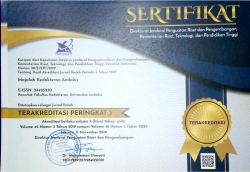Abstract
Background: Recent studies revealed that various man-made chemicals disrupting properties with endocrine- contribute in the development of breast cancer.
objective: To review the state of the science of the endocrine-disrupting chemicals (EDC) and their role in the development of breast cancer.
Methods: Key papers on experimental and epidemiologic studies examining the associations between EDC and breast cancer were searched throJgh the Google Sch-olar and pubMed
using
Results: EDC effects depend on the level and timing of exposure, with critical window on developmentalstages. Diethylstilbestrol(DES) and bispIenolA(BpA) aretwo thoroughlystudied environmental estrogenic compounds. Epidemiological studies showed increased breast cancer incident in women exposed to DES during gestation. ExperimentalstuQies revealed that BPA induces architectural and gene expression froRte changes ir i"J"rt r;;;"ry gtand, with the stroma of fetal mammary gland as the primary target. ihe effects of these environmental estrogens are mostly mediated through the estrogen ieceptors a and B. Their exposure may further sensitize the mammary tissuelo the hit or otner carcinogens. Epigenome alteration in the mammary gland has also been implicated in its neoplastic dLvelopre"nt.
Conclusions: Fetal and perinatal stages are the critical exposure windows to environmental estrogens and multiple mechanism is irnplicated in the development of breast cancer resulted from this exposure.





















